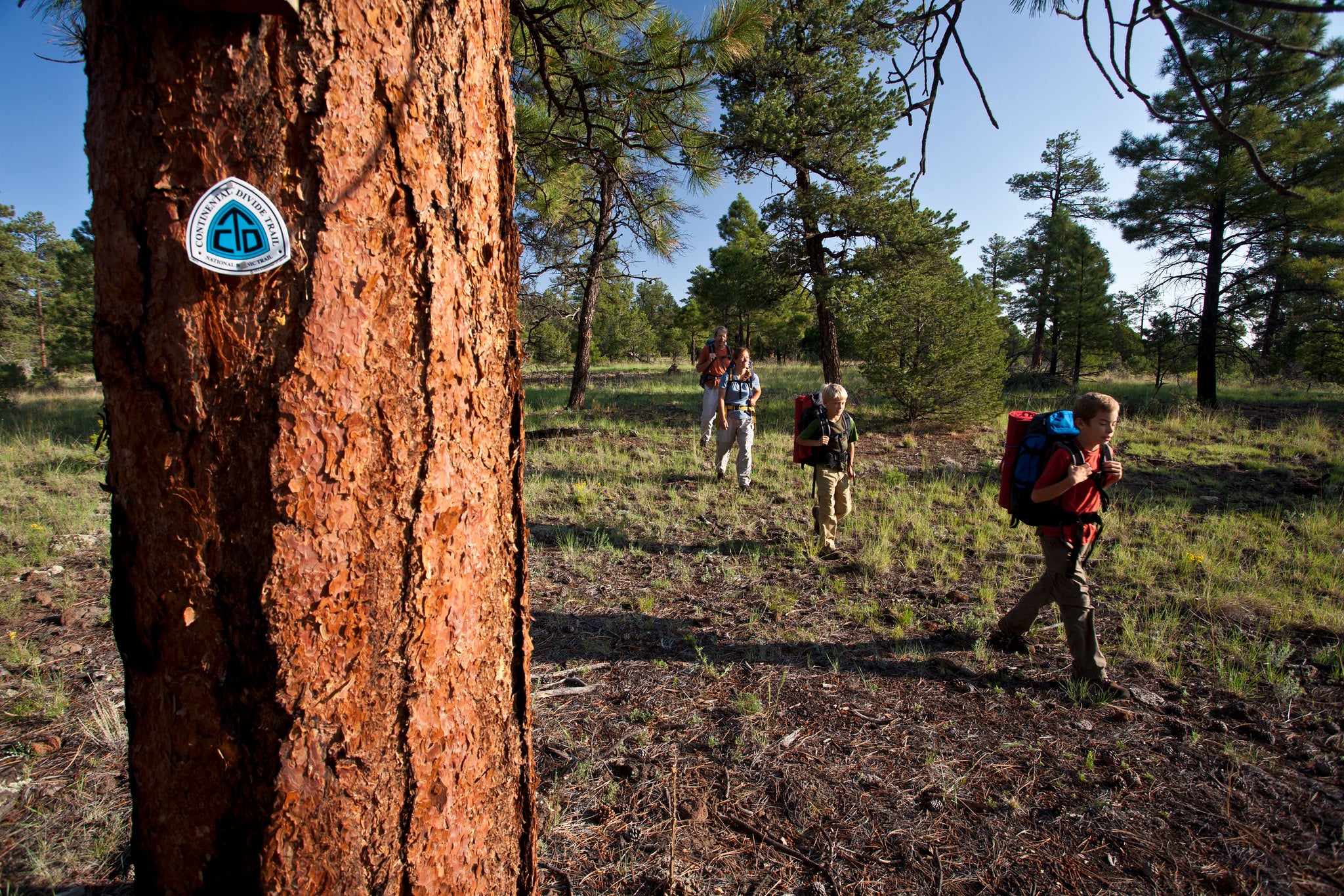Opinion: Blaze the Continental Divide Trail

'Bob Wick/BLM'
It’s a real choose-your-own-adventure in this part of Colorado, on 12,093-foot Independence Pass. Here, like on many trails in the Western mountains, dozens of footpaths snake through the alpine terrain, all going to the same place by a slightly different route. Only one is the “real” trail, but over the years, the others were created by generations of hikers stomping through the flora and around the rock outcroppings, causing erosion and damage. So which is the right trail? I can only guess.
I’m not the only one to be confused. It only takes a few wandering hikers to create a network of social paths across the fragile alpine terrain—and even if we stop using the tracks today, it will take generations before they disappear. Without clear signage or trail markers, the place looks beset with cow paths.
This kind of trails-gone-wild maze happens all too frequently in this half of the country, where hiking paths commonly lack signs, blazes, or cairns except at intersections. That’s not the case everywhere. In New York’s Adirondacks, where I grew up, it’s policy that a hiker must always be able to see a trail marker. As soon as he or she passes one, they must be able to spot the next one so they don’t get lost or off track.
Of course, some hikers don’t want to be told exactly where to go. On some trails, like the Continental Divide Trail, emphasizing routefinding and self-reliance is the point. “For years, the culture of the CDT was to get lost,” says Teresa Martinez, the executive director of the Continental Divide Trail Coalition (CDTC). But that approach may be its own undoing. Since its inception in 1978, the CDT has drawn more and more thru-hikers each summer (30 to 50 percent more in each of the last three years), but the lack of signage remains unchanged. That means more braids, more offshoots, and more erosion. In short, the tactics to manage a true wilderness experience are leading to the opposite.
The CDTC has noticed. Last September, the organization finished a two-year project to improve signage in key areas. The initiative wasn’t full-Adirondack, but group members did add signs and blazes to some confusing junctions and terrain. Of course, many CDT alums took offense. They think that signing the CDT goes against its spirit. I empathize, but infrequent trail markers seem a much better solution than herd paths crisscrossing open tundra. So, sorry, purists: I say go ahead and blaze up sensitive and popular areas where hikers may wander, like I did on Independence Pass. It might be the only way to protect the places we love.
And the rest of the West should take note: As more people hit trails everywhere, more route markings should follow. Without them, our favorite public lands risk being stomped to oblivion. Difficulty of access isn’t enough to protect these places anymore, and the occasional reminder that you’re on the right path is a small price to pay to soften our expanding impact on wild spaces. I’ll take a single cairn over a network of tracks every time. Only one of those takes generations to undo.